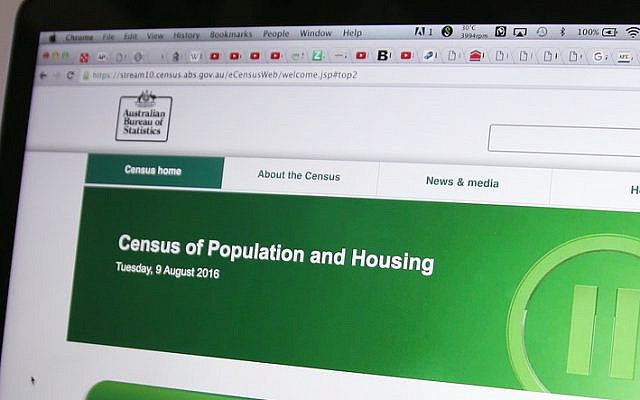‘A gift to the Jewish community’
Hebrew has surpassed Russian as the most common non-English language spoken in Australian Jewish homes for the first time.
HEBREW has become the most common non-English language spoken in Australian Jewish homes for the first time, surpassing Russian, according to JCA’s just-released national analysis of the 2016 Census.
Using Australian Bureau of Statistics (ABS) data, the report looks at where members of the Jewish community live, how old we are, where we come from, where and how we live, who we marry, our education, our employment and income and more.
Writing in this week’s AJN, demographer David Graham, who compiled the report with former JCA CFO Leon Narunsky, called the Census “a gift to the Jewish community”.
“Its sheer breadth is unparalleled by any single survey or other data-gathering exercise,” he said.
JCA acting CEO Alain Hasson added, “The value of the Jewish Census report, is one of how organisations use it for their long-term forecasting and strategic planning.”
The increase in Hebrew speakers reflects a rise in migration from Israel; however, the report found the rate of new Israeli immigrants was already decreasing by 2016. In general, 30 per cent fewer Jewish immigrants arrived in Australia between 2011 and 2016 than in the previous Census period.
“With each passing Census we see we are becoming less and less foreign, and more and more Australian,” Graham said.
“For the first time in 40 years, Australia’s Jewish population cannot rely on overseas migration to sustain it demographically.”
Australia’s total Jewish population in 2016 was estimated to be 117,903 (0.4 per cent of the general population), with 54,735 Jews in Melbourne and 47,800 in Sydney. Caulfield North is the country’s most populous Jewish suburb.
Jews are more than twice as likely to live in apartments as the general population – possibly due to Jewish hubs being located in more built-up and desirable areas – while 38 per cent of us own our homes outright.
The rate of intermarriage continues to slowly creep up, however, not at levels akin to the United States. The report found almost 75 per cent of Jews who live with their partner had a Jewish partner, whereas in 2001 the figure was 80 per cent.
Among mixed couples, 44 per cent of children were reported as Jewish where the mother was Jewish, with 13 per cent reported as Jewish where the father was Jewish.
With the 2016 Census being the first to be conducted primarily online – paper forms were optional – 74 per cent of Jewish households chose to answer online, compared to 59 per cent in the general population.
Take our short quiz now, or click here to take the full quiz in the paper.
To see the full report, click here.
Further coverage in this week’s AJN.


comments